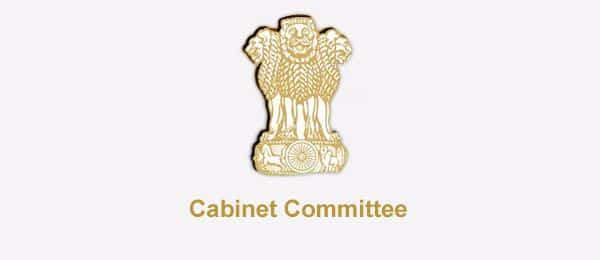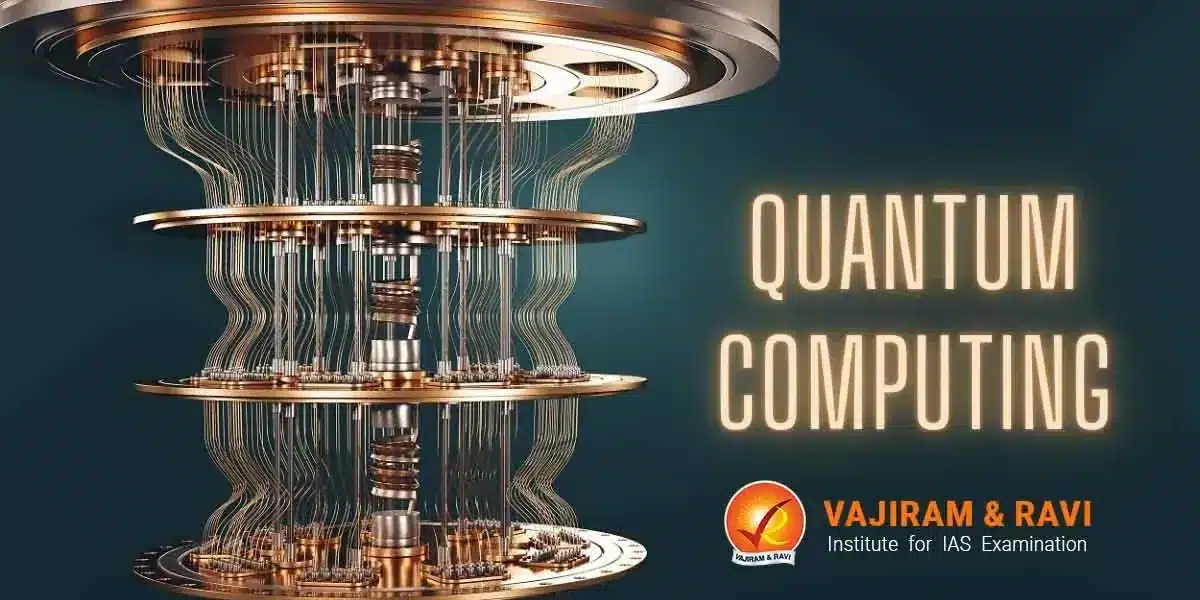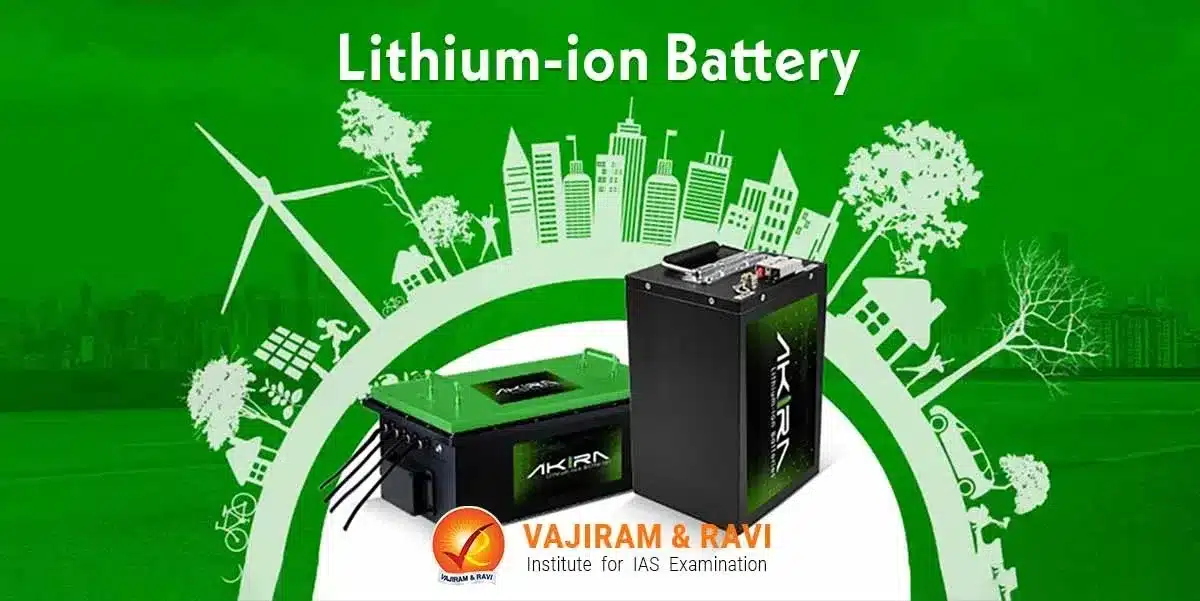What is a cabinet form of government in a parliamentary democracy?
In a parliamentary democracy, the Cabinet is the highest decision-making body in the government, consisting of the Prime Minister and other senior ministers who are appointed by the head of state, usually a President or Monarch.
- The Cabinet is the pivot around which the whole political machinery revolves.
- Cabinet ministers are typically members of the majority party or coalition in the parliament. The Cabinet is responsible for making and implementing policy decisions, and for coordinating the work of the government.
- Cabinet ministers typically meet regularly to discuss and decide on important issues facing the country. The Cabinet is responsible to the Parliament, and its members are accountable to the Parliament for their actions.
- The concept of cabinet in parliamentary democracy is important as it represents the executive branch of the government, responsible for implementing laws and policies and ensuring the smooth functioning of the administration.
What is the status and role of the cabinet in Indian Polity?
Constitutional Status
The word ‘cabinet’ was added to Article 352 of the Constitution in 1978 by the 44th Constitutional Amendment Act.
- It was not present in the original text of the Constitution. Article 352 only mentions the Cabinet as “the council consisting of the Prime Minister and other Ministers of Cabinet rank appointed under Article 75″, and does not elaborate on its powers and functions.
- The cabinet’s role in the political and administrative system is based on parliamentary government conventions developed in Britain.
Role and Functions of the Cabinet
The Cabinet in India is the highest authority for decision-making in the country’s political and administrative system.
- It serves as the primary body for formulating government policy at the Central level.
- The cabinet is the ultimate executive authority of the central government.
- It also acts as the main coordinator of the Central administration.
- The cabinet acts as an advisory body to the President, and its advice is binding on the President.
- The cabinet is responsible for managing crisis situations and dealing with emergencies.
- It handles significant legislative and financial matters.
- The cabinet exercises control over high-level appointments, such as those for constitutional positions and senior secretariat administrators.
- The cabinet is also responsible for handling all foreign policies and foreign affairs.
Kitchen Cabinet
The cabinet, a small group made up of the Prime Minister as its leader and several key Ministers, is the highest decision-making body in a formal sense.
- However, an even smaller group known as the “Inner Cabinet” or “Kitchen Cabinet” holds significant power and influence.
- This informal group comprises the Prime Minister and a few trusted colleagues with whom he can discuss important issues and make crucial decisions.
- It may also include outsiders such as friends and family members of the Prime Minister. Almost every Prime Minister in India has had a close group of advisors in the past.
What are the main principles of the cabinet form of government in India?
Principle of Collective Responsibility
- The principle of collective responsibility is a cornerstone of the cabinet form of government.This principle holds that all members of cabinet being members of the Council of Ministers are jointly responsible to the Lok Sabha, meaning they must work as a team and take responsibility for their actions as a group.
- When the Lok Sabha passes a motion of no confidence against the council of ministers, all members of the council including cabinet must resign.
- Additionally, the principle of collective responsibility also means that all cabinet ministers, as well as other ministers, are bound by decisions made by the Cabinet, even if they disagreed with them during the Cabinet meeting.
Principle of Individual Responsibility
- In addition to the principle of collective responsibility, Article 75 also includes the principle of individual responsibility.
- Individual responsibility means that cabinet ministers also serve at the pleasure of the President and can be removed by the President at any time, regardless of whether the council of ministers has the confidence of the Lok Sabha.
- However, such a removal would only occur on the advice of the Prime Minister. If the Prime Minister has a difference of opinion or is unhappy with the cabinet minister’s performance, he/she can request the resignation of the Cabinet Minister or advise the President to dismiss him/her.
Central role of the Prime Minister
- A prime minister is the head of the cabinet and the leader of the ministers in the executive branch of government, often in a parliamentary system. He/She presides over the meetings of the Cabinet.
- The Prime Minister can ask the President to reshuffle the portfolios of Cabinet Ministers.
- The Prime Minister can impose his/her decision if there is any difference of opinion between the Prime Minister and other Cabinet Ministers.
- The Prime Minister acts as a linchpin between the President and cabinet. He communicates the decisions of the Cabinet to the President.
Political Homogeneity
- Political homogeneity in a parliamentary system refers to a situation where all cabinet members are from the same political party.
- Political homogeneity allows for efficient decision-making by the ruling government officials, who are held accountable for policies and actions within the legislature.
- Conversely, in a coalition government, where no single party holds power, political homogeneity is reduced.
What are cabinet committees?
Cabinet committees are extra-constitutional in nature. They are not mentioned in the Constitution. However, These are established under the Rules of Business.
- Cabinet committees are of two types–standing and ad hoc. Standing committees are of a permanent nature, while the latter is of a temporary nature. Ad hoc committees are established from time to time to deal with special problems.
- Cabinet committees are set up by the Prime Minister according to the exigencies of the time and requirements of the situation. Hence, their number, nomenclature, and composition vary from time to time.
- They not only sort out issues and formulate proposals for the consideration of the Cabinet but also make decisions. However, the Cabinet can review their decisions.
- They are an organizational device to reduce the enormous workload of the Cabinet. They also facilitate in-depth examination of policy issues and effective coordination. They are based on the principles of division of labour and effective delegation.
What are the different Cabinet committees in India and their composition?
Classification
There is a total of eight cabinet committees which are as listed below:
- Appointments Committee of the Cabinet.
- Cabinet Committee on Economic Affairs.
- Cabinet Committee on Political Affairs.
- Cabinet Committee on Investment and Growth.
- Cabinet Committee on Security.
- Cabinet Committee on Parliamentary Affairs.
- Cabinet Committee on Employment & Skill Development.
- Cabinet Committee on Accommodation.
Composition
- The composition of cabinet committees in India can range from three to eight members, which typically consist of only Cabinet Ministers.
- However, non-cabinet ministers may also be appointed as members. Additionally, senior ministers, who are not in charge of the subjects discussed in the committee, may also be included.
- The Prime Minister usually chairs the committee, but in some cases, other Cabinet ministers such as the Home Minister or the Finance Minister may assume the role. However, If the Prime Minister is a committee member, he will be the head of the committee.
- In the present scenario, All committees except Cabinet Committee on Accommodation and Cabinet Committee on Parliamentary Affairs are usually headed by the Prime Minister.
- Moreover, the Cabinet Committee on Accommodation is headed by the Home Minister and Cabinet Committee on Parliamentary Affairs is headed by the Defence Minister.
Last updated on June, 2025
→ UPSC Notification 2025 was released on 22nd January 2025.
→ UPSC Prelims Result 2025 is out now for the CSE held on 25 May 2025.
→ UPSC Prelims Question Paper 2025 and Unofficial Prelims Answer Key 2025 are available now.
→ UPSC Calendar 2026 is released on 15th May, 2025.
→ The UPSC Vacancy 2025 were released 1129, out of which 979 were for UPSC CSE and remaining 150 are for UPSC IFoS.
→ UPSC Mains 2025 will be conducted on 22nd August 2025.
→ UPSC Prelims 2026 will be conducted on 24th May, 2026 & UPSC Mains 2026 will be conducted on 21st August 2026.
→ The UPSC Selection Process is of 3 stages-Prelims, Mains and Interview.
→ UPSC Result 2024 is released with latest UPSC Marksheet 2024. Check Now!
→ UPSC Toppers List 2024 is released now. Shakti Dubey is UPSC AIR 1 2024 Topper.
→ Also check Best IAS Coaching in Delhi
Cabinet and Cabinet Committees FAQs
Q1. What is a Shadow Cabinet?+
Q2. Is the written recommendation of the Cabinet to the President necessary to proclaim National Emergency?+























